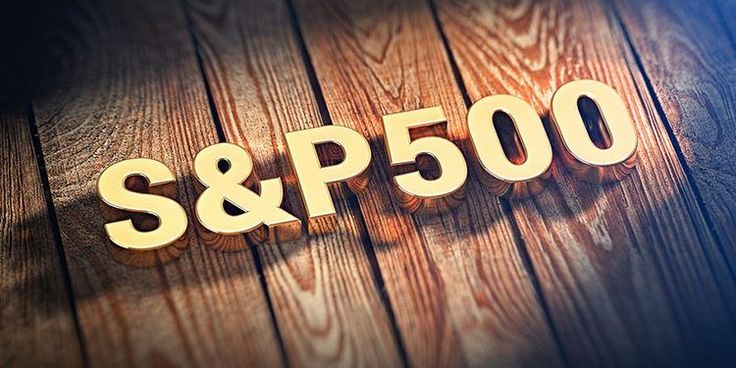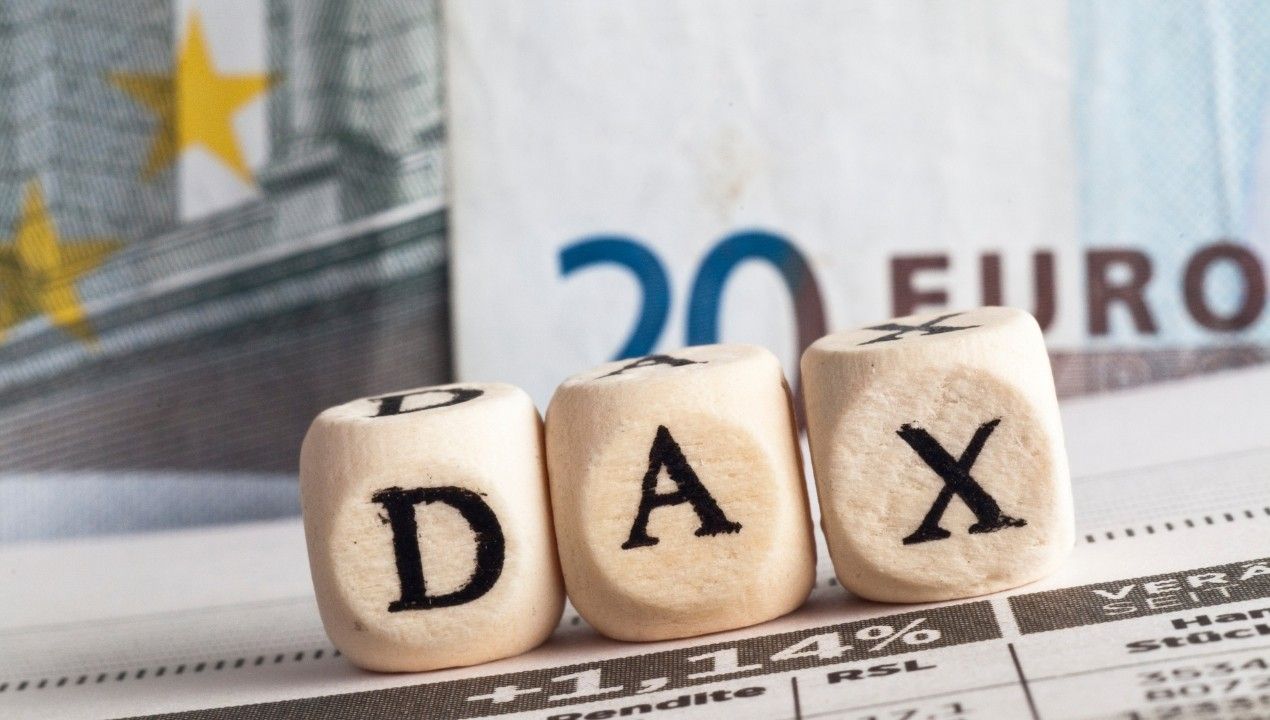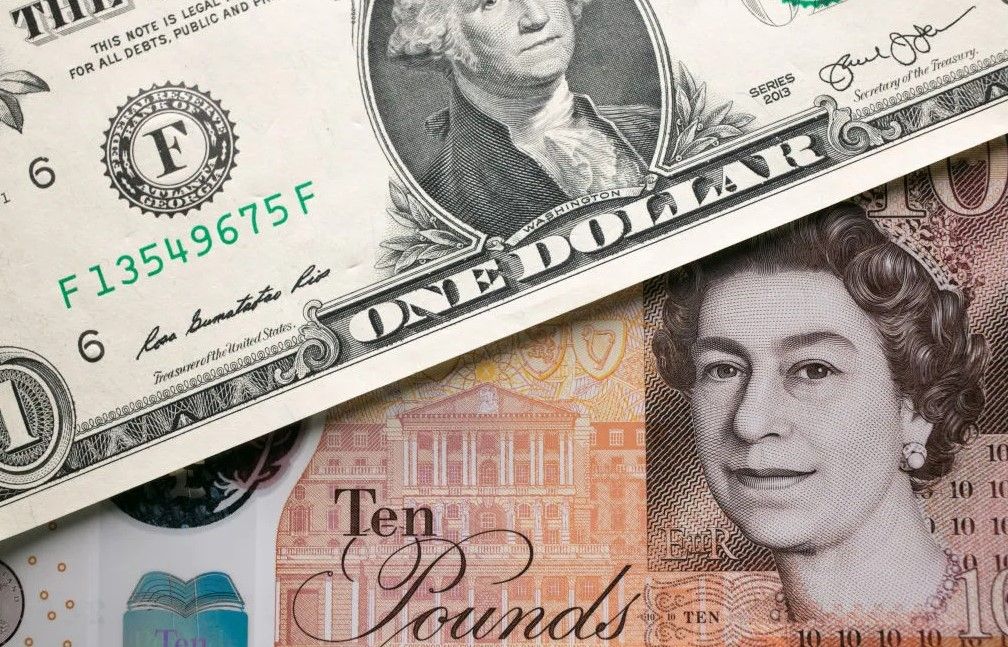FXOpen

After two years of the pandemic dictating the price action in financial markets, another event has triggered market volatility: the Russia-Ukraine war. The wave of sanctions that the Western nations have so far imposed on Russia, the invader, is unprecedented.
It is hardly possible to foresee the long-term effects, and thus, uncertainty reigns. Whenever uncertainty is in the driving seat, financial markets’ volatility increases. Moreover, investors typically pull funds out of risky assets, such as the stock market, in the search for other, more stable ones.
So far, the S&P 500 index has gone down -11.8% in 2022. This is a midterm year in the United States, and corrections are not unusual. However, this is the 4th worst start to a year in history, and investors have all the reasons to be worried. The pandemic has yet to subside, there is a war going on in Europe, and Russia is being isolated from the rest of the world. Plus, inflation is rising in advanced economies.

History Tells Us Stocks Will Likely Rally In H2
While the picture looks bearish, and many investors are fleeing the stock market, there is still space for some good news. If history has taught us anything, a strong comeback might be in the cards.
Here’s why.
Prior to 2022, the top five years with such a negative performance were 2009 (-16.9%), 2020 (-15.1%), 1935 (-14.1%), 1933 (-11.6%), and 1982 (-10.8%). All these saw a strong rebound after the first 49 days of the year, no exception.
Therefore, investors would likely buy the dip, at least according to what historical data tells us.
On Wednesday, the Federal Reserve of the United States is expected to start a new tightening cycle. The market expects the Fed to raise the federal funds rate by 0.25%, and the move is highly priced in.
While higher rates are not good for stocks, it is not the first time when stocks perform in a tightening cycle. The way the Fed delivers the rate hike is as important as the hike itself. If it maintains a dovish bias due to uncertainty in the global geopolitics, the market may simply discount the hike.
All in all, these are turbulent times for financial markets, but history tells investors to be patient. One thing is for sure, though: volatility is here to stay.
This article represents the opinion of the Companies operating under the FXOpen brand only. It is not to be construed as an offer, solicitation, or recommendation with respect to products and services provided by the Companies operating under the FXOpen brand, nor is it to be considered financial advice.





